Technical Benchmarking: Best Practices for Packaging Design
Discover the essential best practices for technical benchmarking in packaging design. Learn how to evaluate and enhance your packaging solutions by comparing industry standards, optimizing materials, and improving functionality to stay ahead in the competitive market.
Technical Benchmarking: Best Practices for Packaging Design
In the rapidly evolving landscape of consumer goods, packaging design plays a pivotal role in not only protecting products but also in capturing consumer attention and conveying brand values. Technical benchmarking in packaging design has emerged as a critical practice for companies striving to maintain a competitive edge. By systematically comparing packaging solutions against industry standards and best practices, businesses can identify areas for improvement, innovation, and cost-efficiency. This process involves evaluating materials, sustainability, functionality, and aesthetics to ensure that packaging not only meets regulatory requirements but also aligns with consumer expectations and market trends. As companies seek to enhance their packaging strategies, understanding and implementing best practices in technical benchmarking becomes essential for driving product success and fostering brand loyalty in an increasingly discerning marketplace.
Enhancing Consumer Goods Success: The Role of Technical Benchmarking in Innovative Packaging Design
Enhancing the success of consumer goods in today's competitive market often hinges on the ability to innovate, particularly in the realm of packaging design. Technical benchmarking plays a crucial role in this process by providing a structured approach to evaluating and improving packaging solutions. By systematically comparing packaging designs against industry standards and competitors, companies can identify areas for improvement and innovation. This process not only helps in optimizing the functionality and aesthetics of packaging but also ensures compliance with regulatory requirements and sustainability goals. Moreover, technical benchmarking facilitates the integration of cutting-edge materials and technologies, enabling companies to create packaging that enhances product appeal, extends shelf life, and improves user experience. Ultimately, leveraging technical benchmarking in packaging design empowers consumer goods companies to differentiate their products, meet evolving consumer expectations, and achieve greater market success.
Leveraging Technical Benchmarking to Innovate Packaging Design for Competitive Advantage in Consumer Goods
In the rapidly evolving consumer goods industry, companies are constantly seeking ways to differentiate their products and capture consumer attention. One effective strategy is leveraging technical benchmarking to innovate packaging design. Technical benchmarking involves analyzing and comparing the packaging designs and technologies used by leading competitors and industry innovators. By understanding the strengths and weaknesses of existing packaging solutions, companies can identify opportunities for improvement and innovation. This process not only helps in enhancing the aesthetic appeal and functionality of packaging but also in addressing sustainability concerns, which are increasingly important to consumers. By adopting cutting-edge materials, design techniques, and technologies, companies can create packaging that stands out on the shelves, enhances user experience, and aligns with environmental goals, ultimately gaining a competitive advantage in the market.
In conclusion, technical benchmarking serves as a powerful tool for companies in the consumer goods sector to drive innovation in packaging design. By systematically evaluating the packaging strategies of industry leaders, businesses can uncover valuable insights that inform their own design processes. This approach not only fosters creativity and innovation but also ensures that packaging solutions are aligned with current market trends and consumer expectations. As a result, companies can develop packaging that not only protects and promotes their products effectively but also resonates with consumers on a deeper level, thereby strengthening brand loyalty and securing a competitive edge in the marketplace. Embracing technical benchmarking as a core component of the packaging design strategy can lead to significant advancements in product presentation and sustainability, ultimately contributing to long-term business success.




